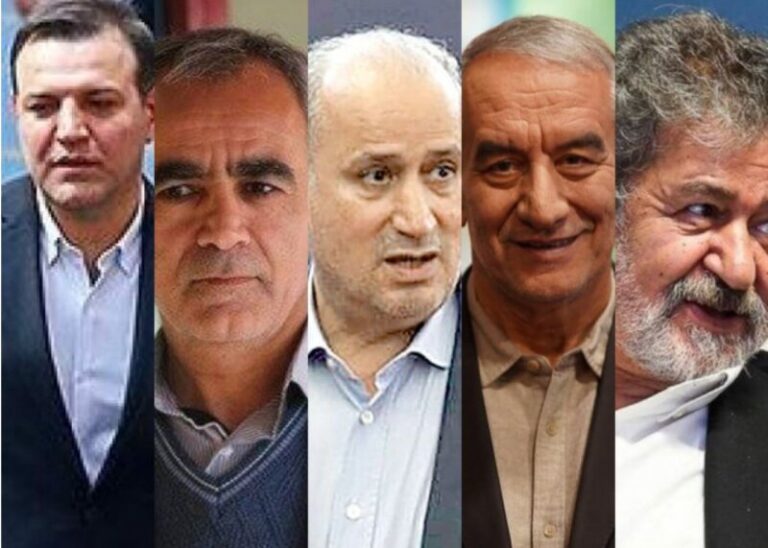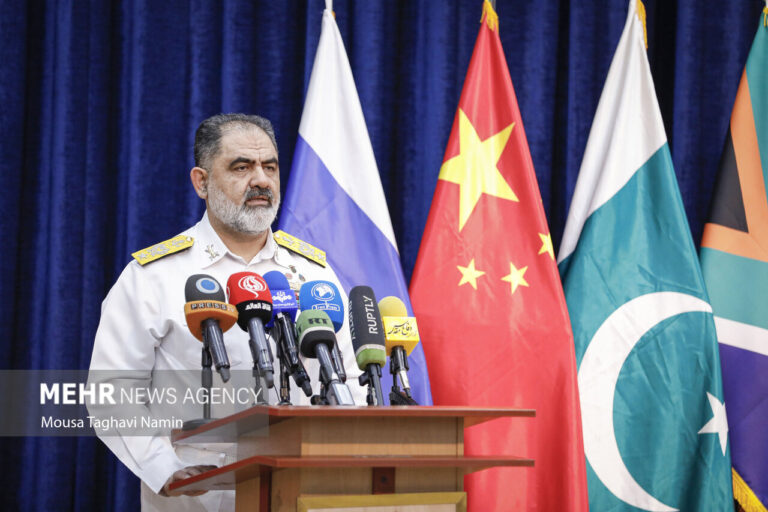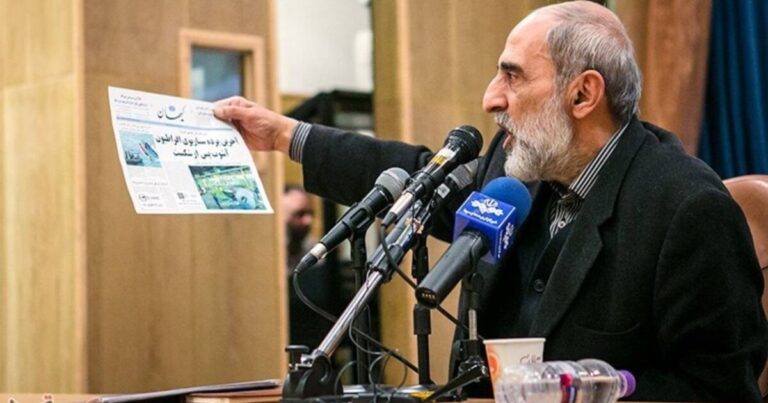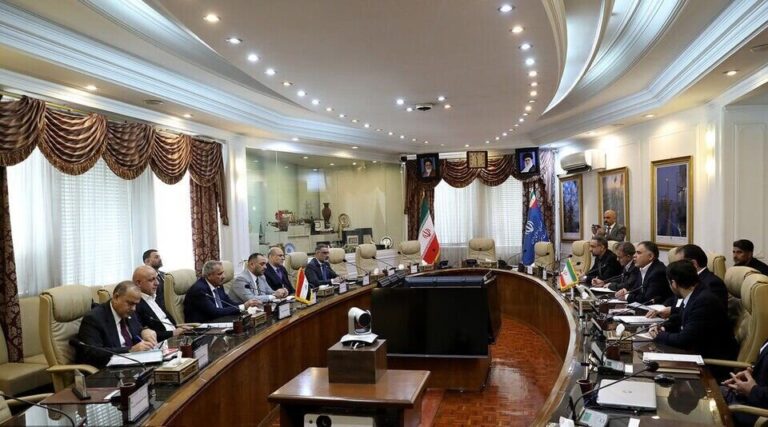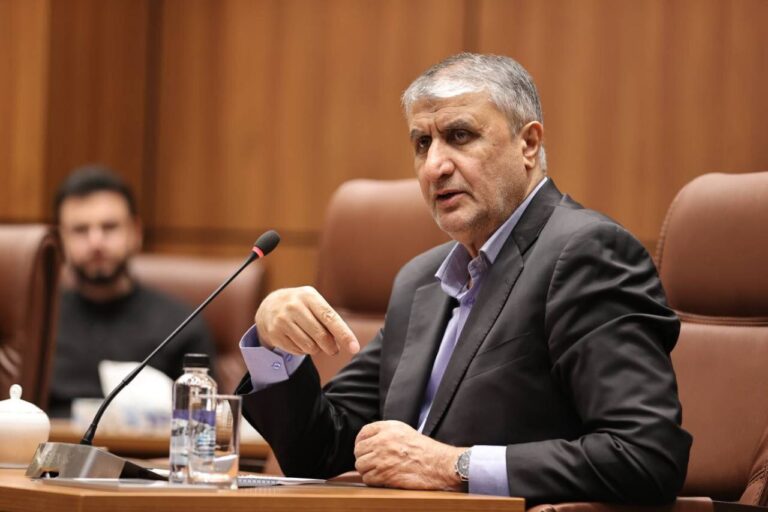Iran and Belarus Unite to Boost Tourism and Aviation Industries
In a significant meeting in Minsk, the capital of Belarus, the Head of Iranian Civil Aviation, Hossein Pourfarzaneh, emphasized the potential for expanding cooperation between Iran and Belarus, particularly in the realms of tourism and the aviation industry. The discussions highlighted the mutual benefits that enhanced bilateral relations could bring to both nations.
The dialogue between Pourfarzaneh and Igor Golub, the Director of the Aviation Department of the Ministry of Transport and Communications of Belarus, underscored the importance of strengthening ties in various sectors. Both officials acknowledged the high capabilities of their respective countries to foster collaboration.
Key Points from the Meeting
- Tourism and Aviation Cooperation: Both sides stressed the importance of developing tourism connections, which are expected to significantly boost the economies of Iran and Belarus.
- Interest Among Tourists: Pourfarzaneh noted that there is a considerable interest among Iranian tourists in traveling to Belarus, indicating a potential increase in tourism flow.
- Regulatory Framework: The Iranian Civil Aviation Organization currently oversees more than 2,400 air and travel agencies, ensuring strict compliance with industry standards.
- Future Agreements: It was agreed that two cooperation agreements focused on flight standards will soon be established, aimed at enhancing the skills of specialists and engineers in both countries.
- Optimistic Outlook: Golub expressed optimism about witnessing significant growth in bilateral cooperation, indicating a positive trajectory for future interactions.
The discussions revealed a mutual recognition of the potential benefits that could arise from a stronger partnership between the two nations. Pourfarzaneh’s remarks highlighted the economic advantages that could come from increased tourism, particularly given the interest expressed by Iranian travelers in Belarusian destinations.
In addition to tourism, the aviation industry stands as a pivotal area for cooperation. With both countries having established frameworks for air travel, the opportunity to improve flight standards and enhance technical capabilities presents a unique avenue for collaboration. The upcoming agreements are expected to facilitate knowledge sharing and skill development, which will ultimately strengthen the aviation sectors in both Iran and Belarus.
Conclusion
The meeting between the Iranian and Belarusian aviation officials marks a step forward in building a robust partnership that can yield numerous benefits for both nations. As they work towards formalizing agreements and enhancing cooperation in tourism and aviation, the potential for economic growth and cultural exchange remains promising.
Overall, the commitment from both sides to expand their collaboration signifies a positive future for Iranian-Belarusian relations, particularly in the thriving sectors of tourism and aviation.

